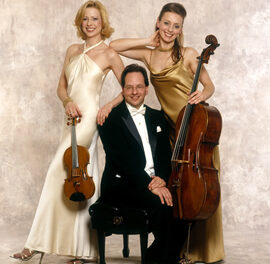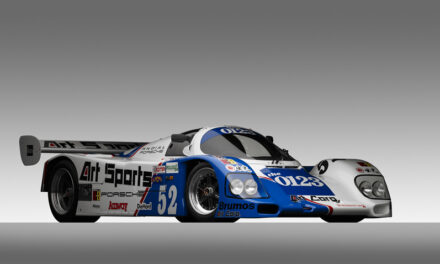Born at the American Dance Festival in 2000, Shen Wei Dance Arts continues to provoke, and sometimes to astonish, each time the company returns to perform at the festival. This year Shen Wei brought no new work, but is reprising Rite of Spring (2003) and “Folding” from 2000 in Reynolds Theater.
Stravinsky’s Rite of Spring, or Le Sacre du Printemps, was written as a ballet score for Diaghilev’s Ballets Russes, and premiered in Paris in 1913, where on opening night its explosive blend of the primitive (fertility rites and sacrifice) and the ultra-modern (dissonance and shifting time-signatures) caused a riot in the theater. The original choreography was by Nijinksy, but since then many others have choreographed to this ferocious score, the subtitle for which is “Pictures from Pagan Russia.” Shen Wei’s bloodless version will never cause a riot, but it does cause one to consider just how music gets loaded with emotional and cultural content.
Unlike most of those hearing and viewing the work, for whom it is a foundation block of modernism, Shen Wei came to it late. He did not hear the music until 1989, and of course he comes from an entirely different cultural tradition from the ones that shaped the music and its accompanying dance. He seems to have been intrigued by its structural characteristics more than its emotional qualities and devised a dance that is far more mechanical than carnal.
Shen Wei garbs his dancers in shades of gray streaked with pale blue and places them on a painted floor cloth gridded and swirled in the same drab colors. He sets them in motion well before the first notes sound (he uses the four-hand piano version of the score) and keeps them moving after the last note passes. The stage is full of androgynous dancers, each in his or her own determinedly asexual bubble. They neither look at nor touch each other as they race through their movements, which are alternately fluid and angular. They are all bowling alone in this dreary landscape. Although they move wonderfully through some complex patterning, this Rite seems an empty, unfertile, exercise.
“Folding” offers more visual satisfactions even if it fails to engage the viewer emotionally. Shen Wei is a visual artist as well as a choreographer, and one of the pleasures of his work is the completeness of his visual designs. The floor, the backdrop, the side curtains, the lighting, the costuming — he makes an entire world for each dance. Here the floor is glossy reflective white, and a scroll-like painting of three fish fills the back wall. The pale-powdered dancers in long red skirts glide through cool light like remotely-controlled androids. They wear strange headdresses and remain expressionless throughout.
These androids are somewhat fish-like. They flow through the space, coming close to each other then veering off; circling, returning, crossing, schooling up and separating again and again, like koi, to the hypnotic sounds of Tibetan chanting and music by John Tavener. The main drama comes from a pair of doubled figures in black, one carrying the other in impressive feats of balance and strength. The work’s final image — I won’t spoil it — reinforces the sense of being underwater. It is as if you are seeing these creatures disappear into the dark of the deep ocean. Since it is hard to feel much for fish, one is not sad to see them go.












